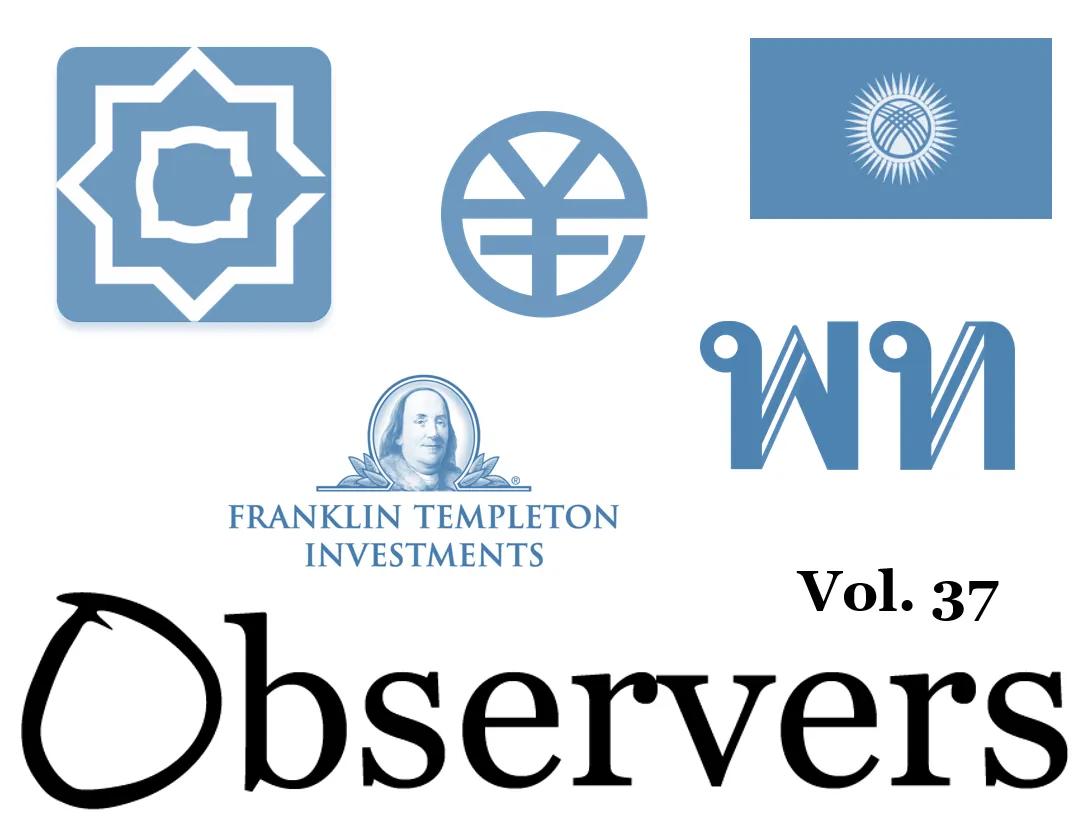Banking CBDC Roundup, CBDC, China, e-CNY, Thailand, Thai DWT, Digital Som, Kyrgyzstan, Cambodia, Bakong, Franklin Templeton
Banking and CBDC Weekly Roundup
The programmingability of money versus its uniformity in Thailand. Cambodia Bakong CBDC statistics for the first half of 2024. Kyrgyz digital som legislative framework.

